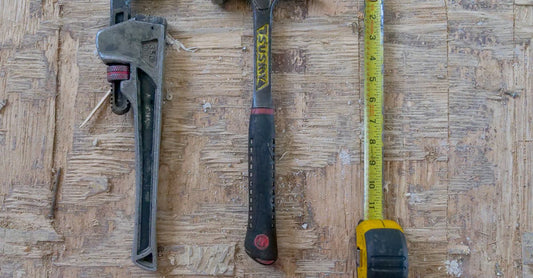Sump pit
Noun
A hole dug in the ground to collect and drain water.
Example usage: The plumber dug a sump pit to collect and drain away excess water.
Most used in: Areas with high water tables or poor drainage.
Most used by: Plumbers and other trades people who need to deal with excess water.
Popularity: 8/10
Comedy Value: 4/10
Also see: Sump Basin, Sump Tank, Sump Hole, Sump Well,
What is a Sump Pit in Plumbing Construction?
A sump pit is a hole in the floor of a structure that collects water and other liquids. It is typically found in the basement of a home or building and is used to collect and drain away water that enters the area. The water is then typically routed to a sewage system or to a storm drain. The sump pit is also used to collect water that is generated by a sump pump.
The sump pit is typically made of concrete and is usually between 18 and 24 inches deep. It is usually lined with a plastic liner to protect the concrete from water damage. The sump pit should be large enough to accommodate the amount of water that can enter the area, but not so large that it becomes a safety hazard.
Sump pits are an important part of plumbing construction and are used to help protect a structure from water damage. According to the American Society of Plumbing Engineers, more than 90% of all homes in the United States have sump pits installed. In addition, more than 40% of all basement flooding incidents are caused by improper installation or maintenance of sump pits.
Sump pits are an important part of plumbing construction and should be installed and maintained properly to ensure that a structure is protected from water damage. Regular maintenance is also important to ensure that the sump pit is functioning correctly and that the water is being routed away from the structure properly.
.The Origins of the Term 'Sump Pit'
The term 'sump pit' is commonly used in the context of plumbing construction and has been used since at least the mid-19th century. It is believed to have originated in the United States, although its exact origin is unclear. The term is derived from the Latin word 'sumptus' which means 'to submerge'.
The earliest documented use of the term 'sump pit' dates back to 1854 when it was mentioned in a book about plumbing construction. The book described a sump pit as a 'deep cylindrical excavation' that was used to collect and store wastewater from a building. Since then, the term has been widely used in the plumbing industry to refer to a pit or container used to collect and store wastewater.
Today, sump pits are an essential part of plumbing construction. They are used to collect wastewater from a building and to prevent flooding. They are typically made of concrete or plastic and are usually located in basements or crawl spaces. They are also used to provide access to plumbing systems for maintenance and repairs.
The term 'sump pit' is an important part of the plumbing industry and has been in use since at least the mid-19th century. It is believed to have originated in the United States and is derived from the Latin word 'sumptus' which means 'to submerge'. It is used to refer to a pit or container used to collect and store wastewater, and it is an essential part of plumbing construction.




